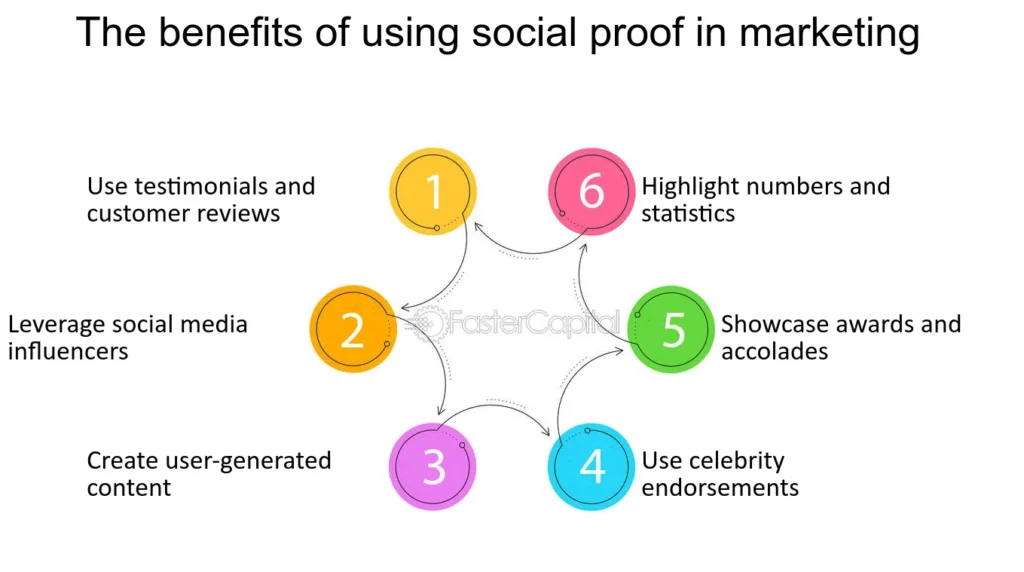Building trust with new customers is crucial for boosting conversions. If visitors don’t feel confident about your brand, they won’t make a purchase. A trustworthy eCommerce store not only attracts more customers but also encourages repeat buyers. Here’s how you can build credibility and turn first-time visitors into loyal customers.
1. Display Social Proof and Customer Reviews
People trust real experiences more than marketing claims. Adding customer reviews, testimonials, and ratings on product pages builds credibility. Highlight positive feedback and include user-generated content like photos and videos. Studies show that 90% of shoppers check reviews before making a purchase.
👉 Need help managing your online reputation? Learn more about How Customer Reviews Improve Conversions.

2. Offer Secure Payment Methods
Customers feel safer when they see trusted payment gateways like PayPal, Stripe, and Visa Secure. Show SSL security badges and mention your store’s privacy policy to assure visitors their data is protected.
3. Have a Clear Return and Refund Policy
A hassle-free return policy gives customers peace of mind. If they know they can return or exchange a product easily, they are more likely to complete a purchase. Make your refund process transparent and display it on the checkout page.
4. Provide Fast and Responsive Customer Support
A store that offers quick and helpful customer service builds trust. Provide multiple ways for customers to contact you, such as:
✅ Live Chat for instant support
✅ Email & Phone Support for detailed queries
✅ FAQ Page to answer common concerns
5. Build a Strong Brand Identity
Your website should look professional, clean, and easy to navigate. A poorly designed or outdated site creates doubt in a visitor’s mind. Use high-quality images, detailed product descriptions, and a seamless checkout experience.
🚀 Need help optimizing your store’s design? Check out our guide on Improving Site Navigation for Higher Conversions.
6. Be Transparent About Shipping and Delivery
Unexpected shipping costs or unclear delivery times can break trust. Clearly mention:
📦 Estimated delivery times
📦 Shipping costs upfront
📦 Tracking information for orders
7. Showcase Trust Badges and Certifications
Displaying security badges, verified seller logos, and business certifications makes your brand look reliable. Some of the most trusted badges include:
✅ McAfee Secure
✅ Norton Secured
✅ Google Trusted Store
8. Use Personalized Marketing and Follow-Ups
Engage customers by sending personalized emails, offering discounts on their first purchase, and following up after a sale. Building a connection increases trust and loyalty.
Call to Action – Start Gaining More Customers Today!
Don’t let distrust hold back your sales. Social Media Max helps businesses build trust and increase conversions through SEO, website optimization, and digital marketing strategies. Contact us at 0161 399 3517 or email Syed_66@hotmail.com to grow your business today! 🚀

